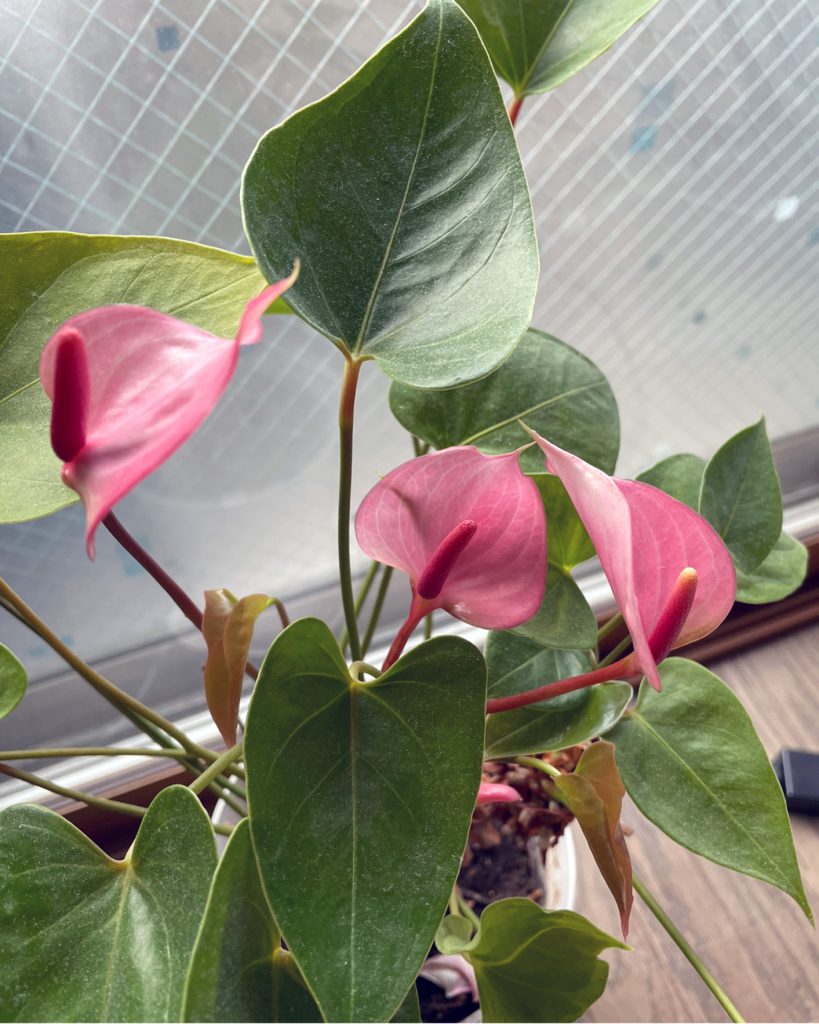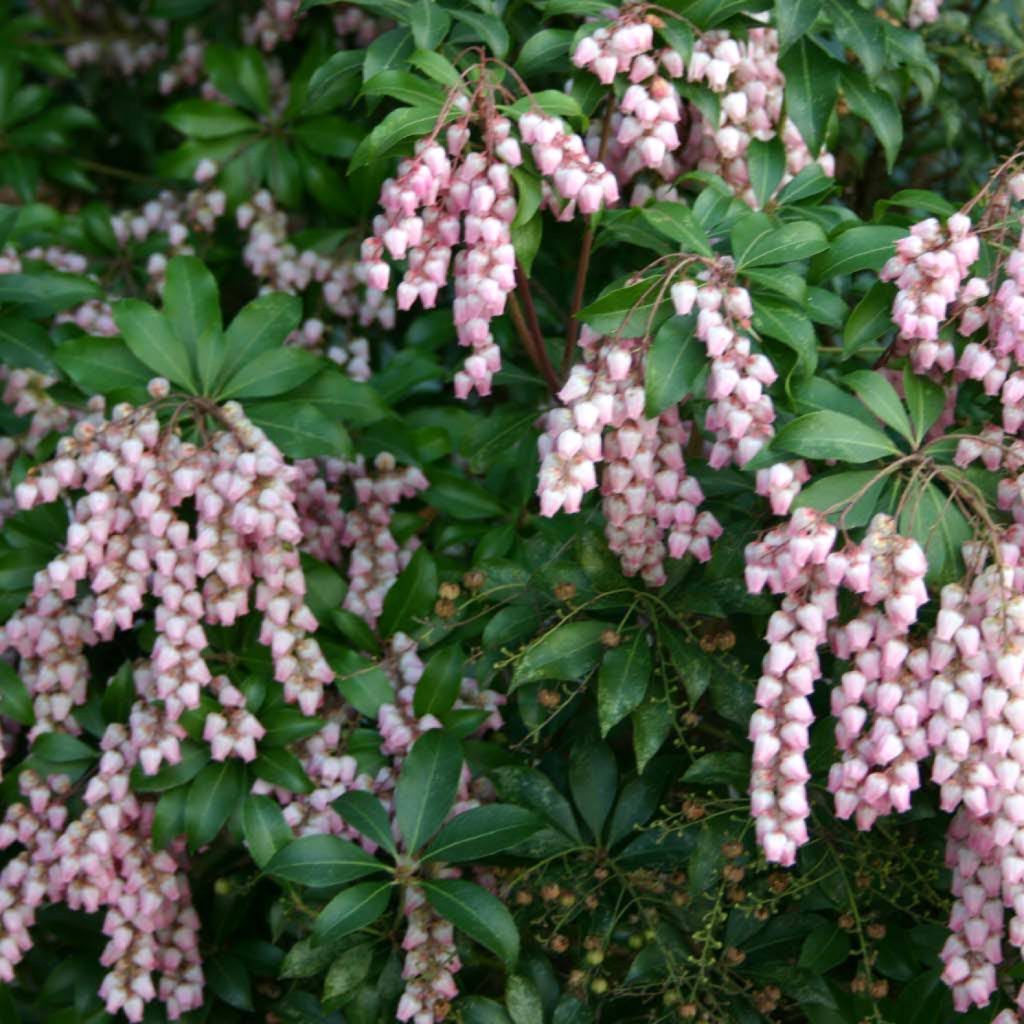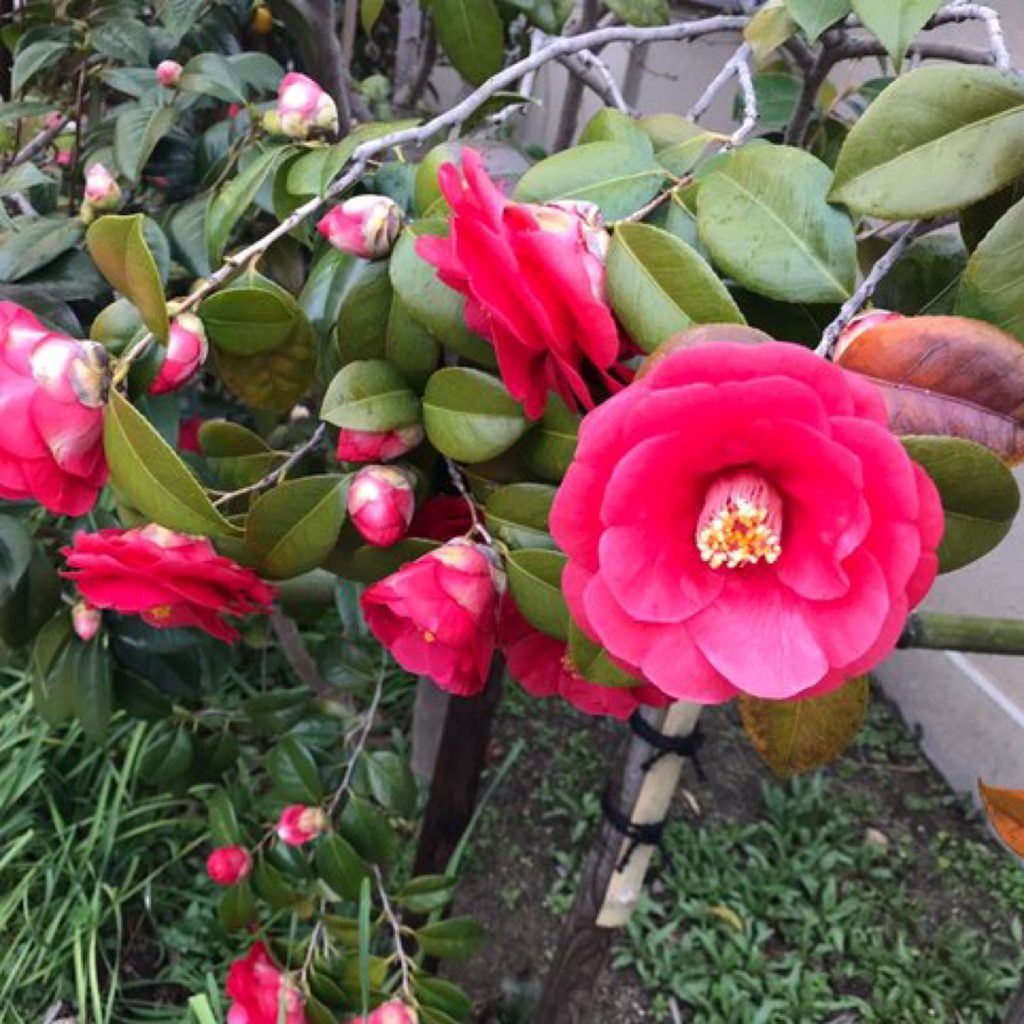
The willows of the Kamo River in Kyoto sprout brightly and hang down. Rui and Hinata may be taking a walk. The morning drama is finally climax. A 100-year family story woven by three heroines, Yasuko, Rui, and Hinata, “Come Come Everybody” depicts the three generations of parents and children who walked along with a radio English course during the Showa, Heisei, and Reiwa eras. I’ve been watching it from the beginning for the first time in a while since “Ama-chan”. I’m looking forward to seeing it every morning, whether it’s from the nostalgia of my time of life or because of the good script. It’s finally over next week. I’m imagining various endings, and I think Annie Hirakawa (Ryoko Moriyama) is probably Yasuko, but there may be an unexpected ending.
京都鴨川の柳が新芽も鮮やかに垂れ下がっています。るいとひなこが散歩しているかもしれません。朝ドラもいよいよクライマックス。安子、るい、ひなたの3人のヒロインが織りなす100年のファミリーストーリーで、昭和、平成、令和の時代に、ラジオ英語講座と共に歩んだ祖母、母、娘の3世代親子を描く『カムカムエヴリバディ』。『あまちゃん』以来久し振りに初めから見続けています。自分の生きた時代のノスタルジーからなのか、脚本がいいからのか、毎朝見るのが楽しみです。いよいよ来週でお終い。結末をいろいろ想像しているのですが、アニー・ヒラカワ(森山良子)が多分安子だと思うのですが、とんでもないドンデン返しが待ち受けているかも知れません。









